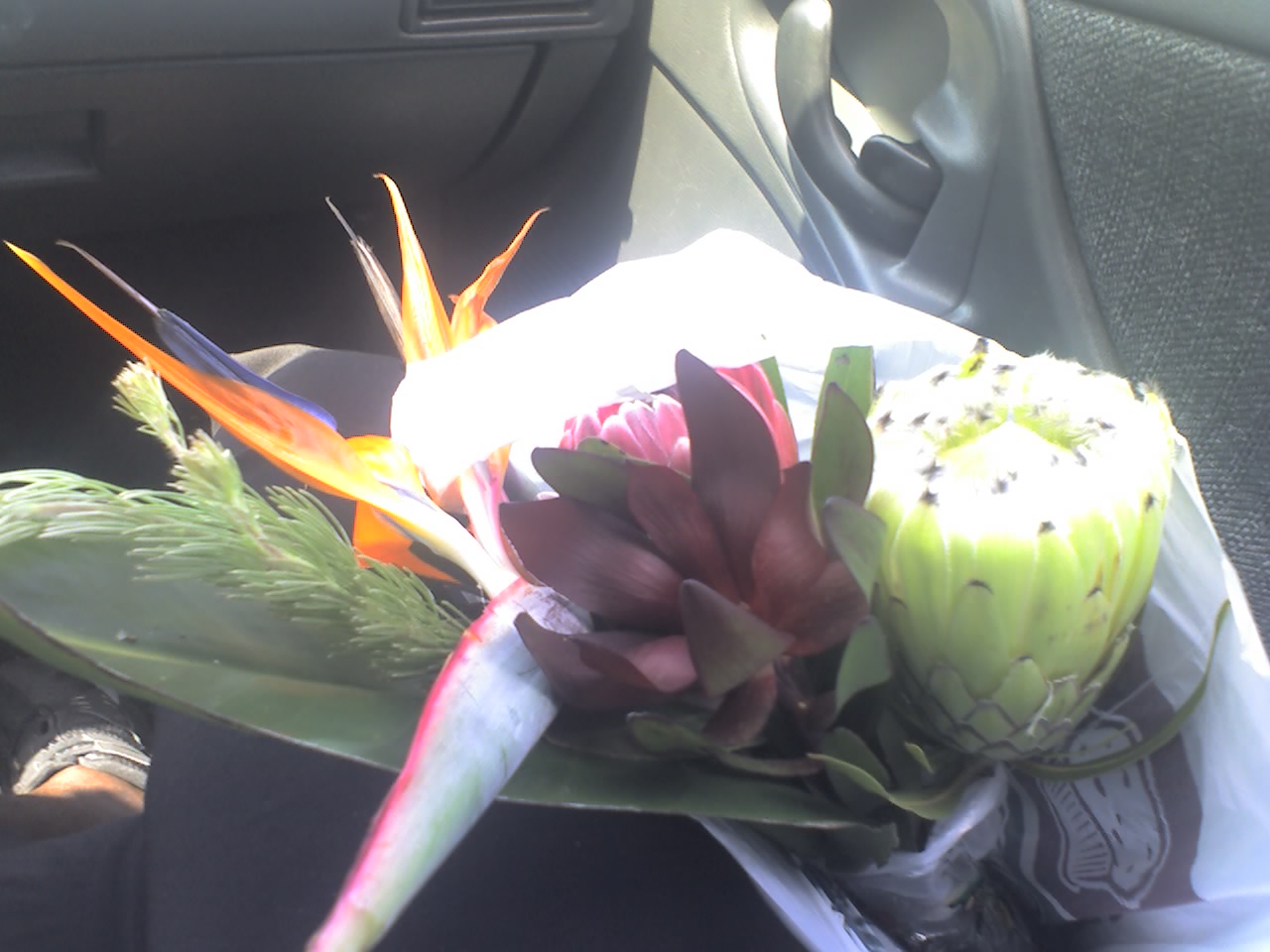
Do you think that cactus only grow in the desert? Well, surprisingly they are found in most climates. They grow as trees, shrubs, or ground cover. Cacti are commonly used to adorn the outdoor gardens of homes.

According to Wikipedia, A cactus (plural cacti, cactuses or cactus) is any member of the
succulent plant family Cactaceae, native to the Americas. They are often used as
ornamental plants, but some are also
crop plants. Cacti are distinctive and unusual
plants, which are adapted to extremely
arid and hot
environments, showing a wide range of
anatomical and
physiological features which conserve water. Their stems have expanded into green
succulent structures containing the
chlorophyll necessary for life and growth, while the leaves have become the spines for which cacti are so well known.
Cacti come in a wide range of shapes and sizes. The tallest is
Pachycereus pringlei, with a maximum recorded height of 19.2 m, and the smallest is
Blossfeldia liliputiana, only about 1 cm diameter at maturity. Cactus
flowers are large, and like the spines and branches arise from
areoles. Many cactus species are night blooming, as they are
pollinated by
nocturnal insects or small animals, principally
moths and
bats. Cacti's sizes range from small and round to pole-like and tall.
Go here to learn more about these beautiful plants.
 Have you ever seen a tulip tree? It is named as such because of the flowers that it produces. They are green and bright orange and are in the shape of a tulip flower. They are quite lovely. The wood is used for cabinet and furniture framing.
Have you ever seen a tulip tree? It is named as such because of the flowers that it produces. They are green and bright orange and are in the shape of a tulip flower. They are quite lovely. The wood is used for cabinet and furniture framing.



 Did you know that there are about 22,000 accepted species in the orchid family?
Did you know that there are about 22,000 accepted species in the orchid family? 





 According to Wikipedia, Muscadines (Vitis rotundifolia) are a
According to Wikipedia, Muscadines (Vitis rotundifolia) are a 





